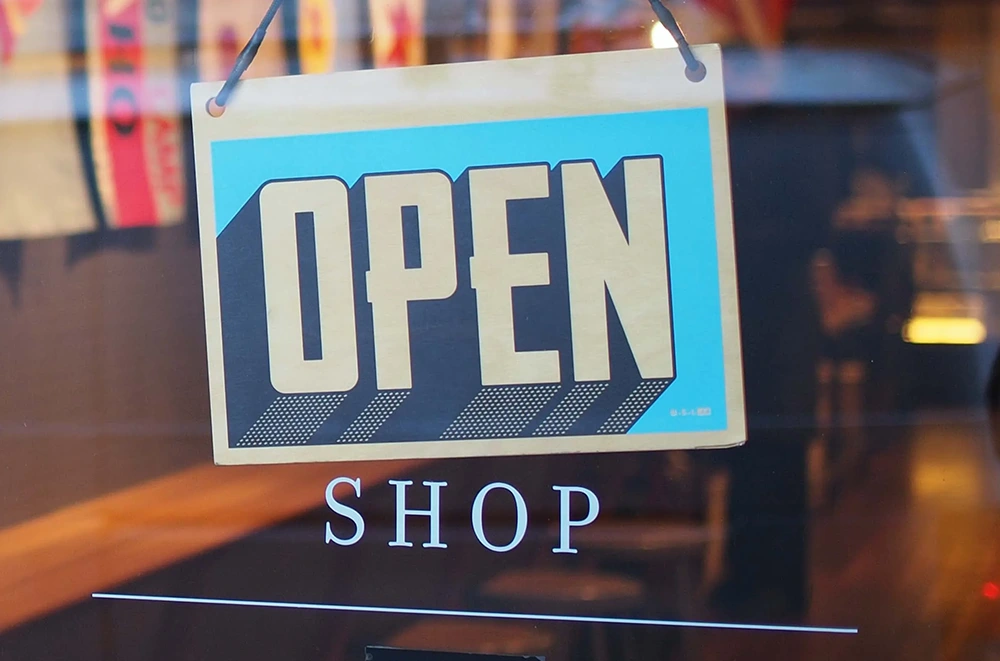In our ever-changing and growing modern-day world, it is no secret that the way we consume products and services has become a reconceptualized space. The option to purchase items in a physical store has expanded into a multifaceted digital realm. With the rapid growth of the dynamic entity that is electronic commerce, or e-commerce, utilizing and providing goods and services have taken on new, dynamic forms such as online shopping and allowing for those goods to be delivered to the consumer’s home or business.
E-commerce is defined as the act of buying and selling goods and/or services through digital platforms on the internet. However, with the plethora of iterations e-commerce holds, its enormity rejects the singular idea of a static, crystalized identity.

Dissecting the Different Modes of E-Commerce
It is seldom to find companies or individuals who have not yet embarked on selling to consumers in the digital world. The most common mode is business to consumer e-commerce, which entails the consumer is purchasing a product directly from a business online. Though in-person stores still possess a stronghold in the modern-day market, many companies that embody a physical presence, have made themselves known in a digital space, as well adapted to the rapid, and modern dimensionality of consumption.
Another common practice of e-commerce includes business to business. Business to business is primarily between one business selling to another. The firm footing of this e-commerce practice enables a larger spectrum of vendors to accommodate different companies and opens the door to allow both businesses in the transaction to grow. This is achieved by either making a sale to the other, and in turn allowing that business requesting those materials to attain their supply faster, and in large quantities to increase their own market as well.
The growth in subscription services has become a common factor in the way most consumers acquire products. Digital subscriptions such as streaming and software services have become quite prevalent for both browser and mobile users. Software and digital services also aim to allow companies to gather more data and information from their consumers, which thus, allows them to gather intel on what works best for them.
Physical product monthly subscriptions such as beauty products, food/groceries, books, lifestyle products, and more, is yet another limb of e-commerce and the way it has been revolutionizing the expansion of brands.
In that same breath, there is consumer to consumer e-commerce that enables one consumer to directly sell to another. These transactions take place on websites that have been curated for these types of sales. Most consumers selling to other consumers will utilize websites that create open marketplaces. Typically, with this approach, websites that host this type of user market will charge fees for the consumer selling their product/service.
Social Media’s Embrace on E-Commerce
Social media has allowed the easy access of information, but it has also curated a new form of e-commerce through the direct-to-consumer strategy. This much more recent rendition of online sales caters towards the subscription aspect that companies may offer, as well as online shopping through social media apps.

Not only are businesses selling to the consumer, but the accessibility to social media and the online world allows for consumers to, in turn, sell to a business. This rendition of sales allows for consumers, such as, for example, social media influencers, to pitch product suggestions to their audience by promoting a businesses’ product or service. This unique form of e-commerce differs from others because it enables a consumer to reach a specific audience of another consumer via sponsorships, which benefits the business by increasing not only sales, but publicity. This approach offers easy access to a targeted audience that would most likely use their product or service, based on an influencer’s already curated fan base.
Social media apps have also embraced targeted advertisements for their users. With hours users spend on social media, companies have used that as an opportunity to increase exposure for their brand. Based on searches and previous browsing history, social media apps can display specified ads per user to encourage conversion and sales.
How E-Commerce Sets the Stage for User Interaction
Whether on a web browser or a mobile app, the way a business or individual portrays their product or service should be reflected positively through a clean, and easy to navigate user interface (UI). It is vital for a consumer to access a product quickly and easily, especially in our fast-paced modern day. This can ensure the boost in sales and allow for a positive experience while encouraging a consumer to return in the future.
Not only is the ease of navigation vital, but the way in which a website responds is key for a cohesive consumer experience as well. A responsive web design, should be an important component to the way products and services can be attained.
Now more than ever, e-commerce makes a company/individual’s online presence and accessibility at the forefront of sale productivity and consumer connection. With the stronghold e-commerce possesses, the addition to new iterations in a digital marketplace are yet to come.









